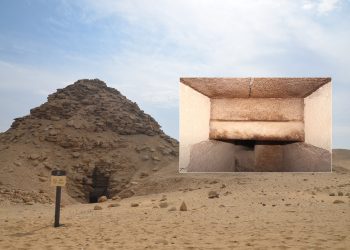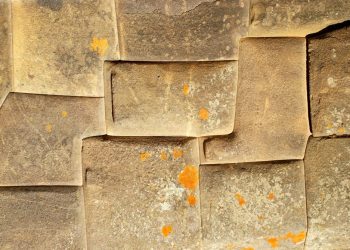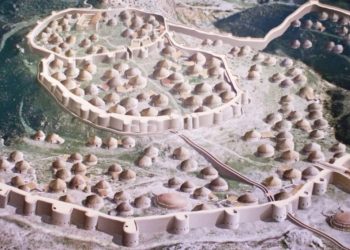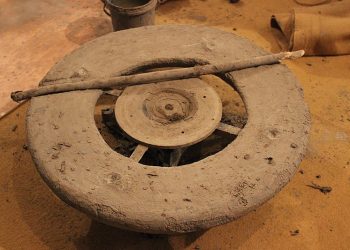Recognized as the oldest pyramid in ancient Egypt, the Step Pyramid of Djoser is an architectural marvel from the era of the Third Dynasty. This pyramid is believed to have been constructed during Djoser’s reign, integrating key ideas from significant precedents, notably the Mastaba tomb.
A Visual Journey: Ten Captivating Images of the Step Pyramid
This article invites you on a visual exploration of ten striking aerial views that showcase the magnificence of this architectural masterpiece and its compound. Circa 2700 BC, a ruler of Egypt’s Third Dynasty, imprinted an indelible mark on history by erecting a monument that has sparked awe and admiration for millennia. This King was initially known by his Horus name, Netjeriykhet, but was later referred to as Djoser by the Egyptians during the New Kingdom.
Admiring ancient Egypt’s legacy
While the iconic trio of pyramids at the Giza plateau often steals the limelight when we contemplate Egypt’s pyramids, several other ancient edifices warrant attention. These structures offer a wealth of knowledge about ancient Egypt’s evolutionary journey. Among these, a significant one resides at Saqqara.

Djoser’s Pyramid as Egypt’s oldest
Djoser’s Step Pyramid is regarded as Egypt’s first Pyramid, and it completely changed Egyptian architecture thousands of years ago. In terms of design, size, and complexity, nothing in Egypt can be compared to Djoser’s Step Pyramid Complex. The step pyramid, or proto-pyramid, can be regarded as the first real monumental cenotaph.
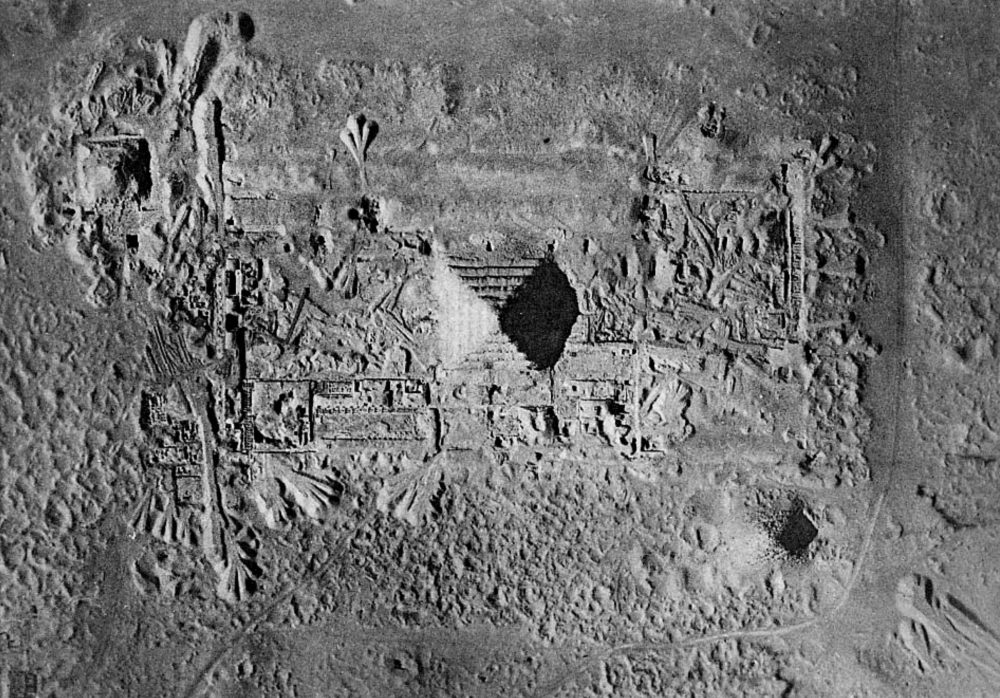
The Step Pyramid and its complex
The Step Pyramid is part of a complex of intricately built structures, surrounded by a stone wall that housed a series of symbolic buildings, most of them massive, not accessible, with a large courtyard that may have been used to commemorate Heb Sed, and an intricate system of underground galleries and warehouses that covers a mind-boggling 5.7 kilometers in length. Egyptologists maintain that until the construction of the Pyramid at Saqqara, the royal tombs consisted of underground chambers covered by a kind of truncated pyramid-shaped adobe structure called a mastaba.

A predecessor from the Mastaba?
Therefore, Egyptologists believe that the Step Pyramid draws ideas from the Mastaba structures, specifically one in Saqqara, officially designated as Mastaba 3038, which is thought to have been built around 2,700 BC. This mastaba would have been a Step Pyramid had its builders not left one of the sides of the structure uncovered.
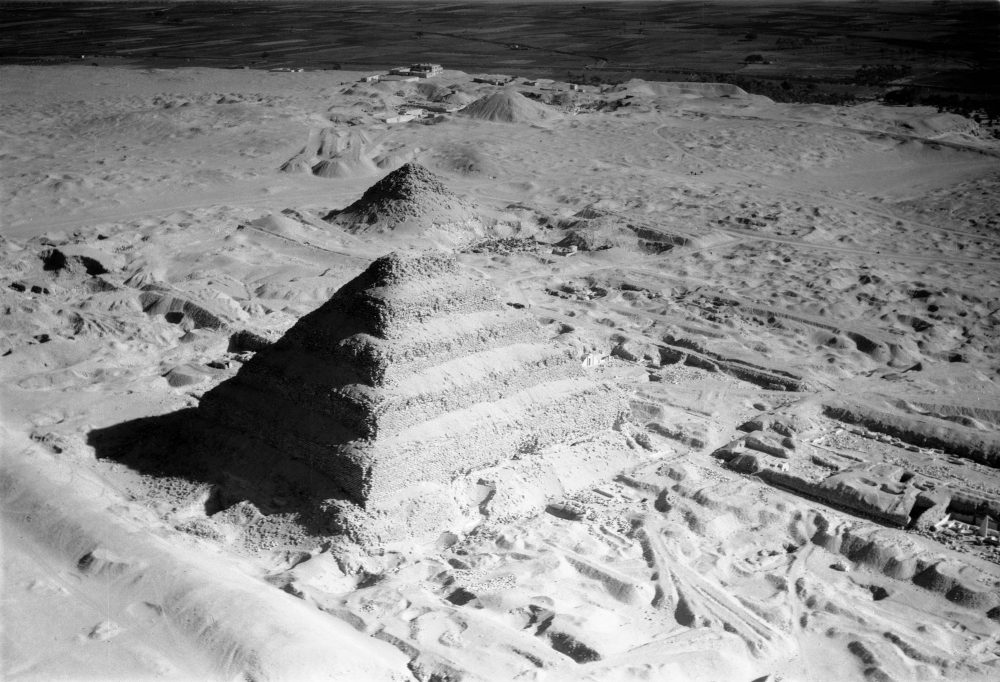
The Step Pyramid is regarded as Egypts earliest colossal stone building
Djoser’s Step Pyramid is seen as Egypt’s earliest colossal stone building, and it essentially consists of six huge, superimposed mastabas, one sitting atop the rather, each smaller than the previous. Although there are no written documents that date back to Djoser’s reign that mentions the construction of the Pyramid complex, and although there are no blueprints of the Pyramid, Egyptologists estimate it was built in several stages.
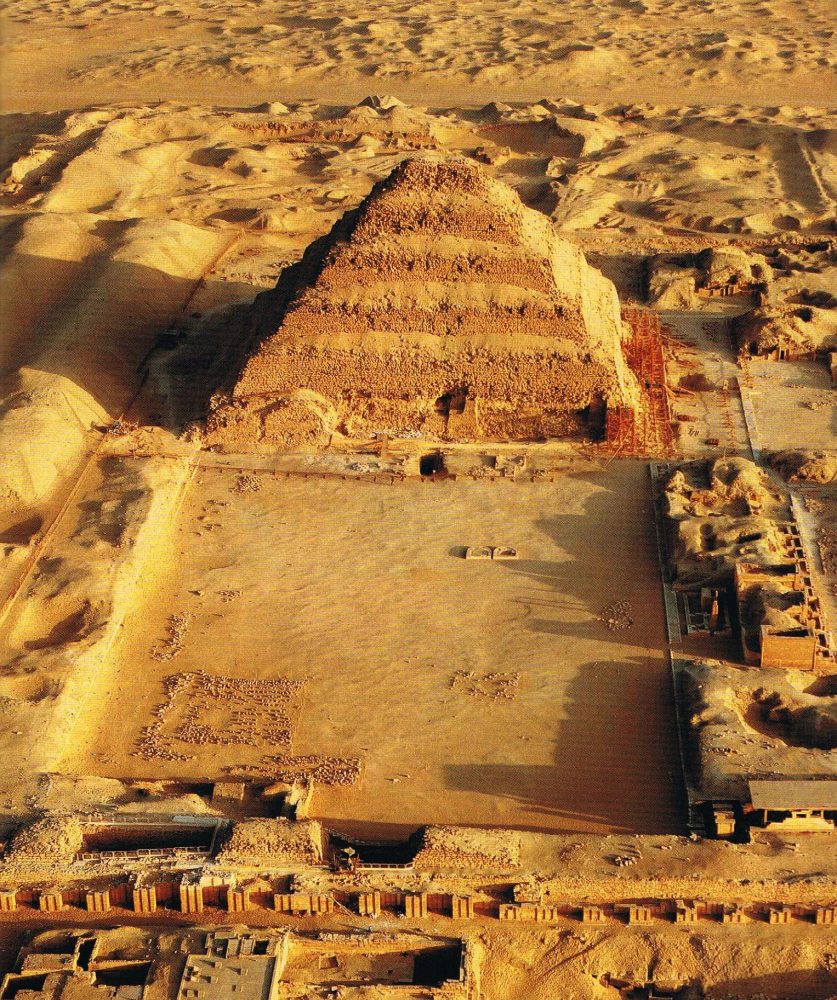
One of the first monuments made of massive, multi-ton stones
The Step Pyramid of Djoser is one of the first monuments made of massive, multi-ton stones, although not the first. Six distinct stages have been identified by researchers through which the Pyramid was built; these stages are designated M1, M2, M3, P1, P1′, and P2. The Pyramid is built in an enclosure that constitutes what Egyptologists have identified as a funerary complex; the Pyramid was built to a height of around 65 meters and measures 140 meters long and 118 meters wide at the base. The Pyramid, like many others that would follow it, was covered with polished white limestone.
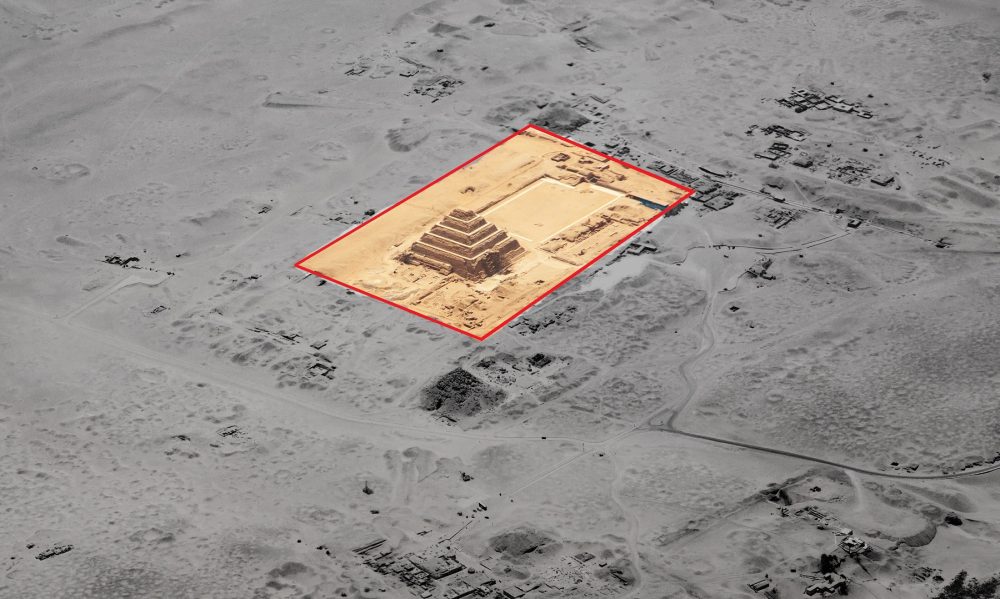
Its massive enclosure
The step pyramid is in the center of a rectangular enclosure measuring 544 meters from north to south and 277 meters from east to west. The wall surrounding the Pyramid and its structures was made of limestone; It was about ten meters high and had fourteen false doors and single access, arranged in one of the entrances that imitate a false door. The buildings have well-kept exterior facades; however, the interiors are solid.

The Step Pyramid as an experiment
The Pyramid was an experimental structure and its design bears evidence. The construction project underwent several phases, forming a mastaba, M1, M2, and M3, and three that would see the monument share as the first Step Pyramid, P1, P1′, and P2. The underground world beneath the Pyramid is one of the most unique structures of the entire pyramid complex. Covering around 5.6 kilometers in length, a subterranean labyrinth of this size would never be repeated in the construction of future pyramids in Egypt, which makes Djoser’s Step Pyramid complex a far more unique monument.
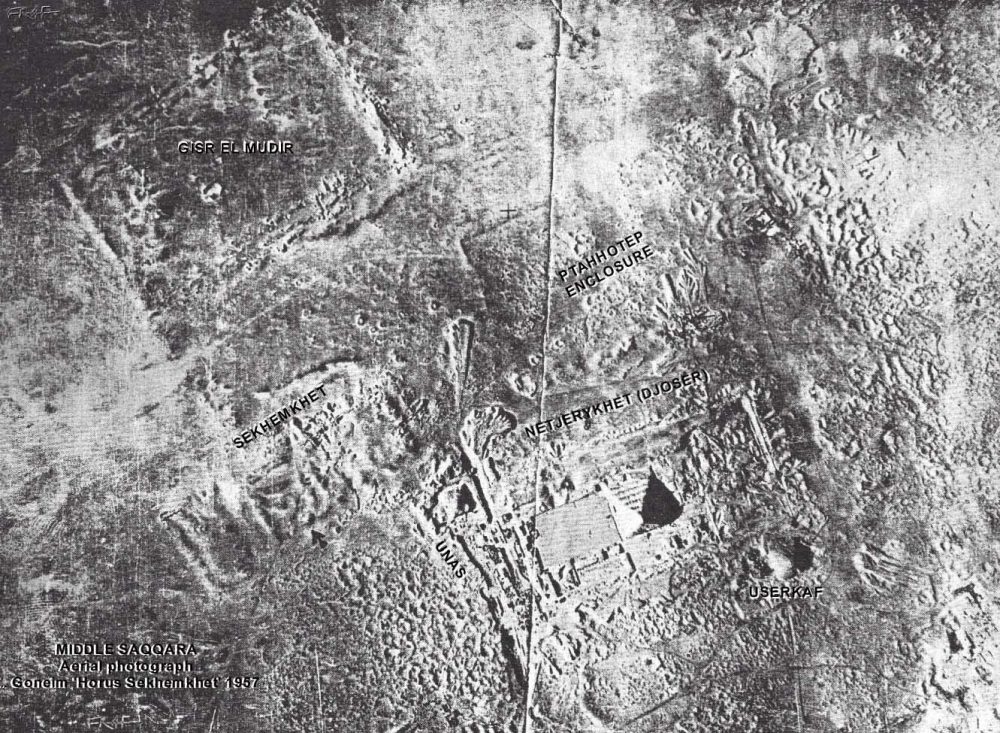
More complex
Inside the countless room, chambers, and magazines beneath the Pyramid, archeological missions discovered more than 48,000 ceramic and stone vessels, many with the engraved names of pharaohs from dynasties I and II. The so-called burial chamber of Djoser is located at the center of the Pyramid, beneath the surface, at the bottom of a pit 28 meters deep and seven meters wide; it was built in granite and covered with plaster.

Incredible stone masonry
It was sealed with several granite blocks that add up to a total weight of 3500 kilograms. The stones were placed like a puzzle. Archaeologists have discovered stonemason marks with hieroglyphs that indicate the weight and the orientation in which they should be placed inside the chamber. However, the exact age of the glyphs has not been confirmed.
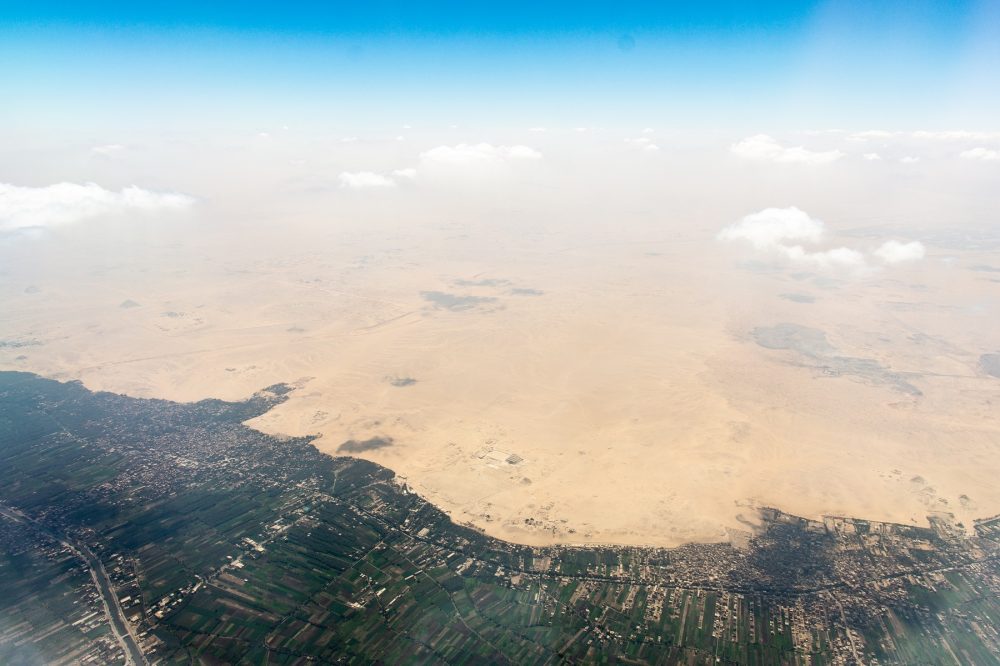
Strange discoveries inside
The French architect and Egyptologist Jean-Philippe Lauer, the restorer of the complex since 1932, found remains of a mummy that was not Djoser’s but that predates the Third Dynasty King by several hundred years. Djoser’s Step Pyramid is the most notable structure of the Saqqara necropolis, south of the ancient city of Memphis, and served as a prototype for future pyramids, including the Great Pyramid of Giza. In its time, it was the tallest building built by humans.
Have something to add? Visit Curiosmos on Facebook. Join the discussion in our mobile Telegram group








